In this sweet, authentic Own Voices Native American picture book, a modern Wabanaki girl is excited to accompany her grandmother for the first time to harvest sweetgrass for basket making.
We are so excited to share this story from a Maliseet mother and her Passamaquoddy husband about traditional basket making with you! And we are certain that when you hold this beautifully illustrated book in your hand, you will be enveloped in the love the authors share for their community, their proud heritage and the intergenerational ancestry of the Passamaquoddy-Maliseet people.
Musquon, (the name of the author’s real life daughter) sets out enthusiastically with her grandmother to pick sweetgrass for baskets and learns along the way about patience, persistence, and the importance of conservation. In this love letter to traditional Wabanaki basket making, we follow along as Musquon learns the traditions inherent in gathering this sacred plant and why the first blade of Sweetgrass is not picked. The result is a warm and lovingly rendered story about the importance of thinking about the ancestors that have come before us and those that will come after.
Parents and caregivers, a wonderful accompaniment to The First Blade of Sweetgrass is Braiding Sweetgrass: Indigenous Wisdom, Scientific Knowledge and the Teachings of Plants by Robin Wall Kimmerer which is a beautiful compilation of essays that explore our connections to nature and plants and is a plea for us to heed “the awakening of ecological consciousness."
Shop The First Blade of Sweetgrass at Bella Luna Toys
Day One - Read & Discuss
On the first day of the book club, read the book together with your children. You can read it to them, have an older child read it aloud, or whatever way works best for your family. Take your time reading to encourage your children to look closely at the illustrations and immerse themselves in the story.
Once you've read the story, take time to discuss what you read together. Ask your children if they have any questions, what they found interesting, things they relate to, and encourage them to share anything they learned. Exploring the story together after reading helps children form connections in their minds, and remember it in more detail.
We've compiled a list of discussion topics and questions you can also use to expand on your reading:
What kind of things can grandparents teach their grandchildren? Are there any things you have learned from your grandparents? Maybe your parents have learned things from their grandparents that they now teach you.
Are there any special activities in nature that your family does every year? Maybe you all meet to pick strawberries or to choose flowers for your garden. Talk about family traditions and ways that simple activities that you share together can become a part of your family's story.
Have you ever tried something new or learned a new skill and gotten frustrated because you didn’t get it the first time? How did it feel when you finally figured it out?
Do you know the name of the tribes who lived/live on the land where you live? Talk with your children about the tribes local to you. Visit this resource to learn more:
Day Two: Draw & Write
On the second day of our Summer Book Club, we return to the story and explore it more deeply with writing and drawing prompts. Take time to encourage your children to write down what they learned about sweetgrass and how Wabanaki tribes use it. Another prompt you can explore is asking them about something they have learned from the elders in their family. Perhaps they would like to write it down and draw a picture of themselves and the elder when they were learning together.
Don't feel pressured to push the children to write or draw, though. Today is about retelling the story and reviewing what we've learned. Perhaps your child would rather play, create a small world look alike of scenes from the book, or tell the story through reenacting it as a play. Maybe instead of writing or drawing they feel inspired to paint. We wish to provide ideas, but do not feel glued to them. Do what feels comfortable and fun to your family.
Day Three: Braid A Bracelet From Grass or Natural Fibers
Begin day three by heading outside. Bring a basket and a pair of scissors along to collect grass you find. Take a look around, there is sure to be some sort of long grass, thin reeds, even flowers with long stems could work! Help your children collect these natural fibers. Make sure to let them know to cut the grass, rather than pull it out by it's roots. That way, it can continue to grow. Never pull out all of the plant you find, only take what you need and leave the rest.
Take this opportunity to model thanking the Earth for growing and sharing it's bounty. You can take this conversation as far as you are comfortable, if you wish. Some ideas you could discuss:
Our food is grown from the Earth, we eat it to keep us active and moving, and often to plant and grow more food ourselves. At the end of our journey, we go back to the Earth and become part of that which fed us.
Without all of these different plants, many ecosystems, and all of the creatures that live within them could not exist. What a magical thought to know how each small plant plays such a big role in the world and our own lives.
Imagine all the animals who eat these plants or use them for homes, like birds using grass for their nests. What are all the things we humans use these plants for?
A verse you can share to thank the Earth as you collect your grasses:
Dear Earth,
Dear Sun,
By you we live,
Our loving thanks
To you we give.
Once you've collected enough grass (the braids we created used 3 strands of grass for each section, for a total of 9 strands) lay them out so you can see them all. Now collect groups of 3 strands that are roughly the same size. Trim the ends to make them even.
It works best to attach the strands of grass to the table or even your leg if you're braiding outside! Braid the groups of grass together to the length needed to wrap around you or your child's wrist, leaving at least two inches of grass on the end to connect them together. This is a great chance to teach children to braid if they haven't learned yet!
To finish, we simply wrapped our strands around each other and tied them into a knot to connect the ends of the bracelet together. You could also use a large bead and create a square knot with the grass if you would like to be able to take the bracelet on and off more easily.

To learn more about The Wabanaki Nations, visit Wabanaki Collection here.
Join us in our Instagram stories @bellalunatoys as we discuss the book, writing and drawing prompts, and craft. We love to hear your thoughts on the books we are sharing! Did you miss the stories? Don't fret! They are saved as we go to our Book Club highlight here.





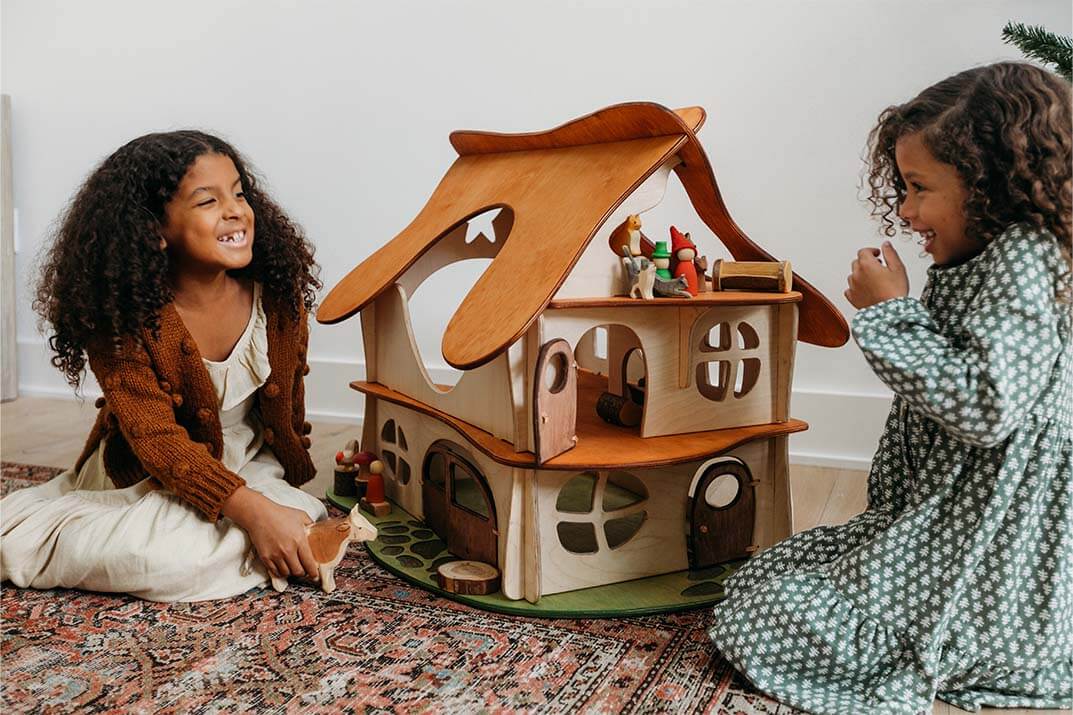



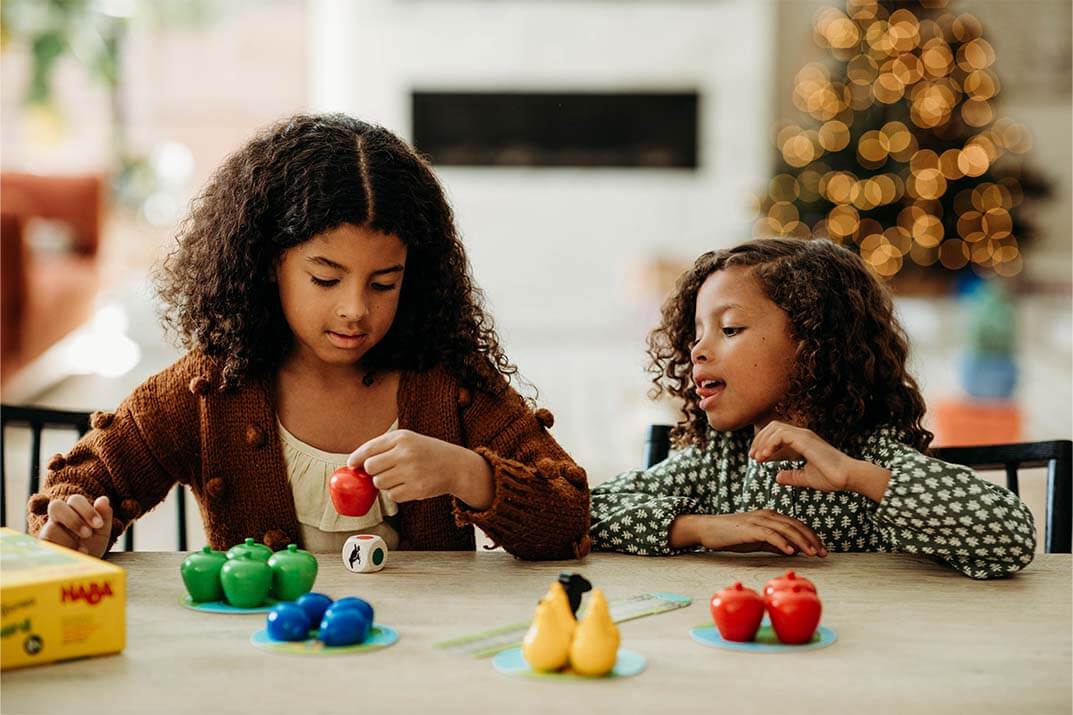













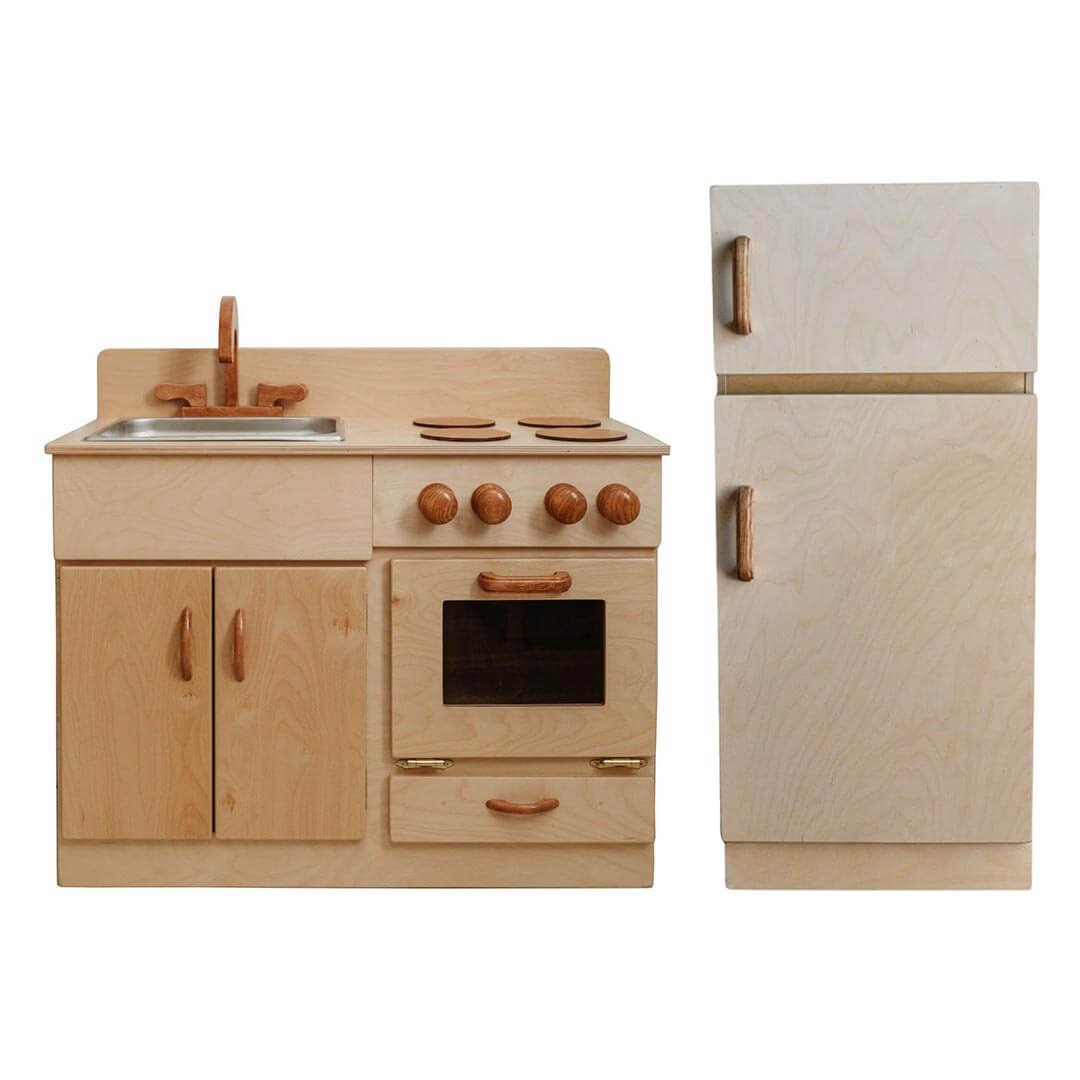



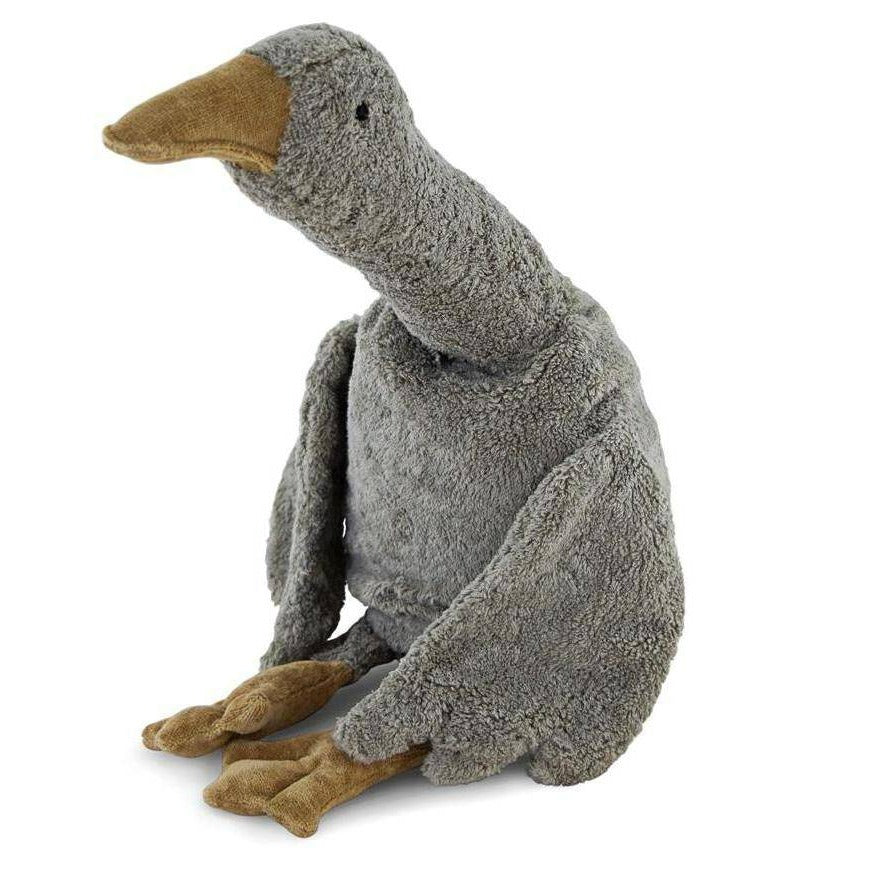
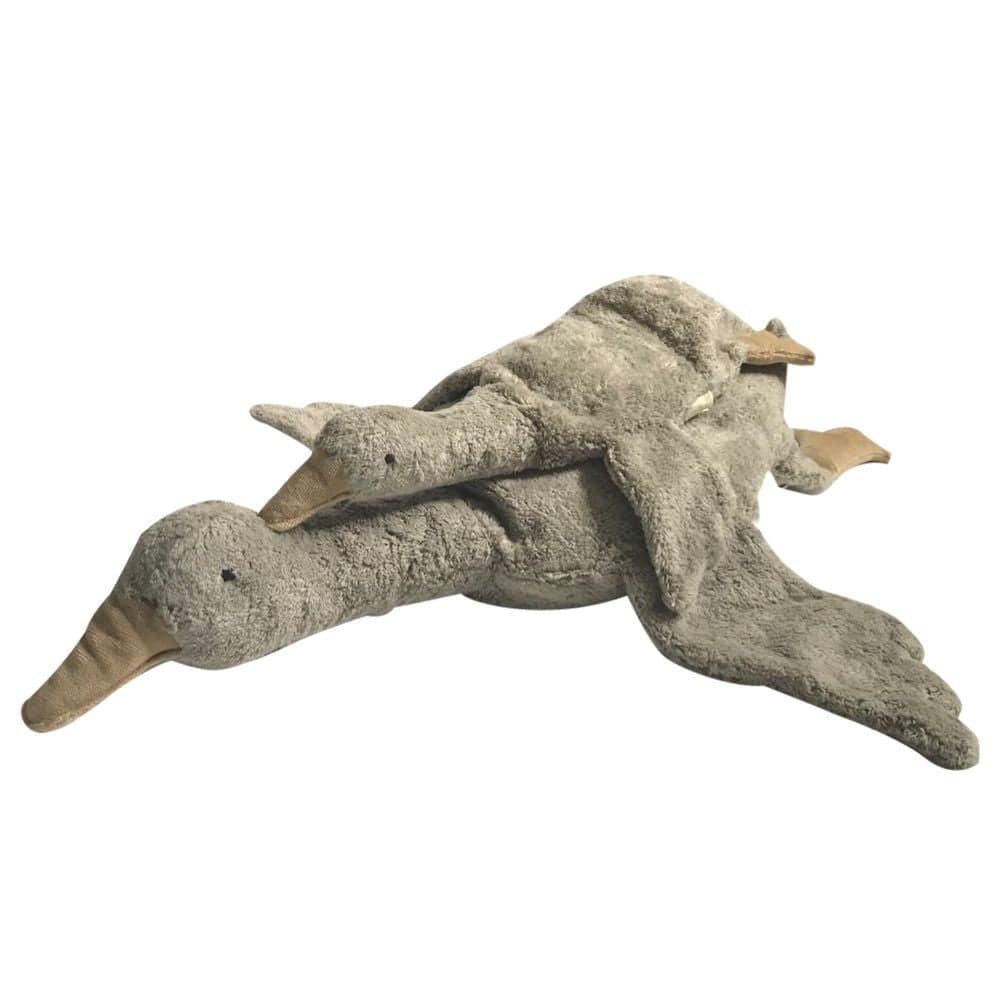

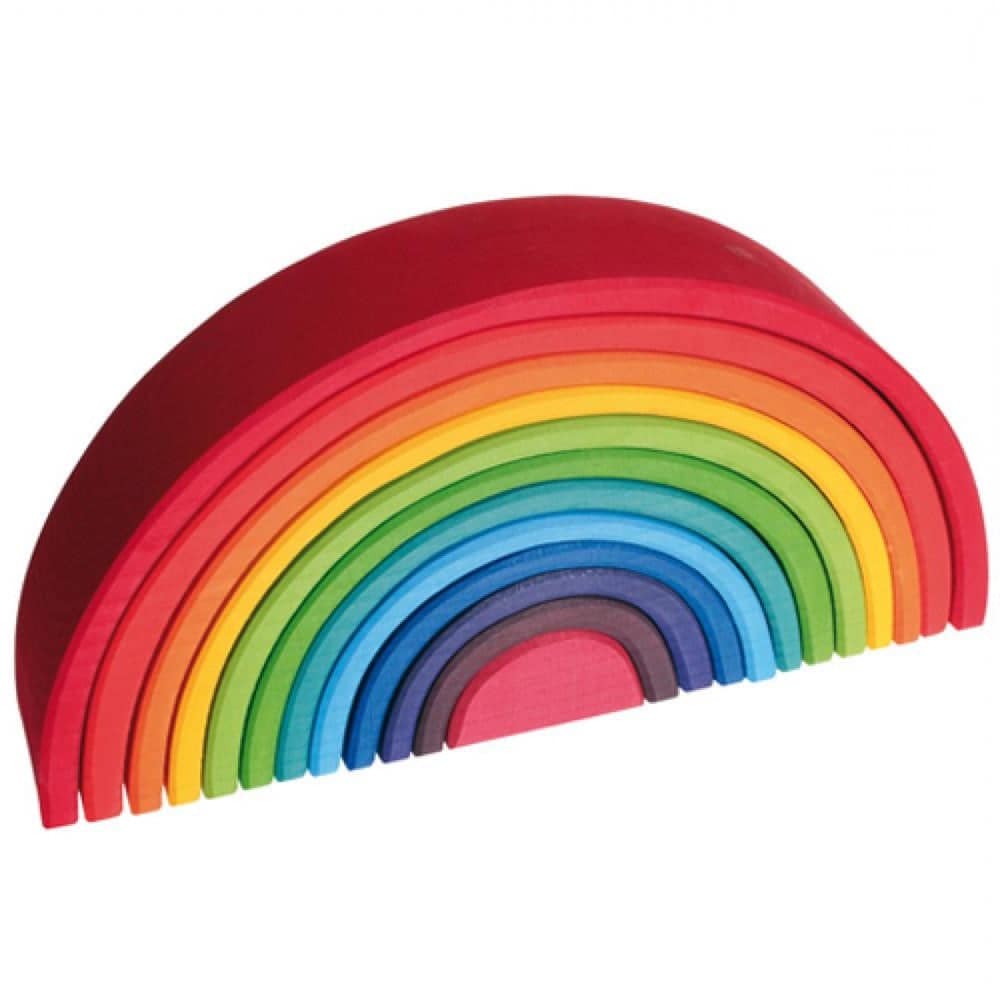
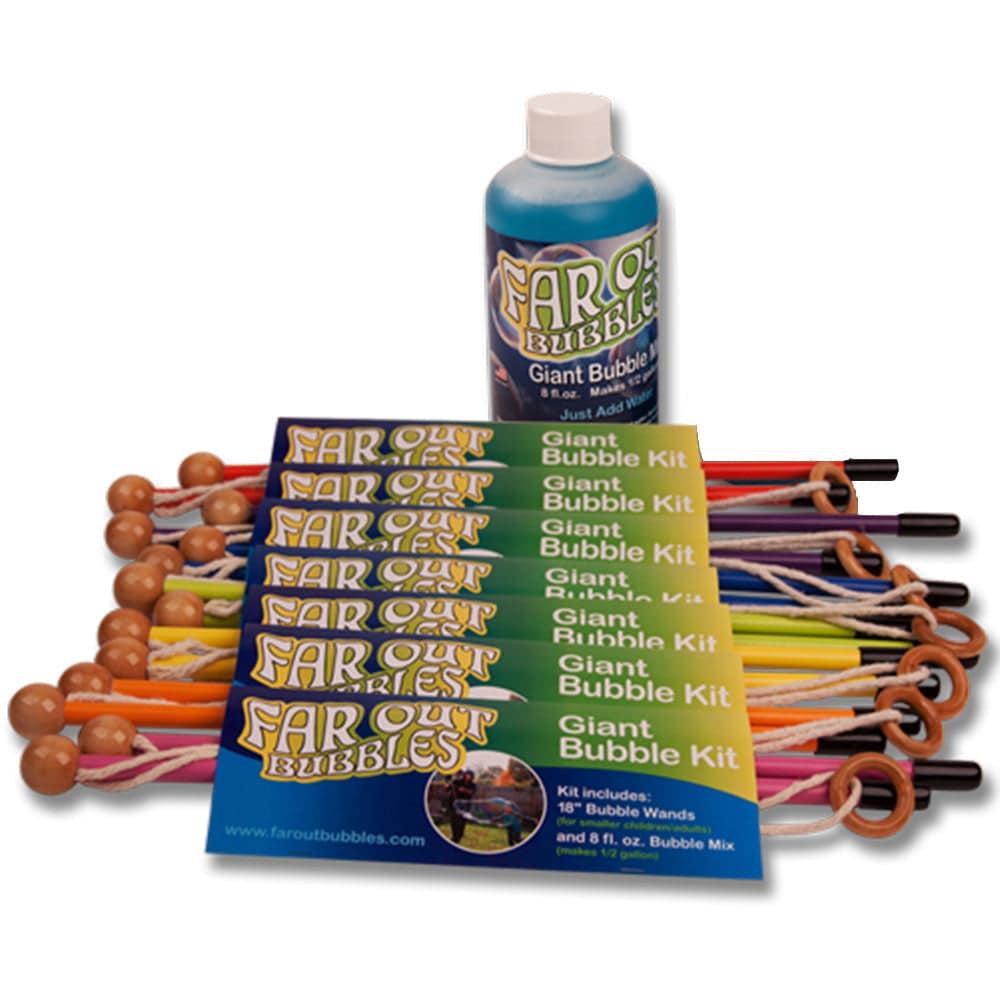
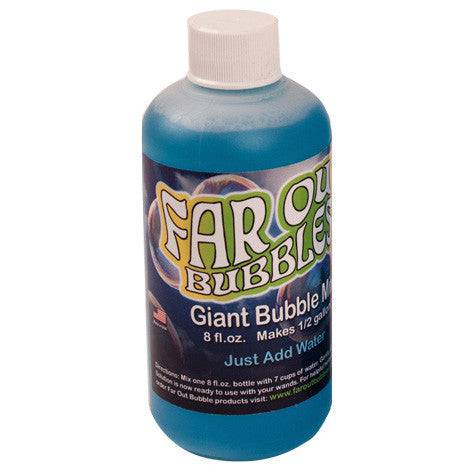
Leave a comment